The global waste crisis has reached alarming proportions, with food waste constituting a significant portion of municipal solid waste. As landfills overflow and traditional disposal methods prove increasingly unsustainable, scientists and entrepreneurs are turning to an unlikely ally in the fight against food waste: the black soldier fly (Hermetia illucens). This unassuming insect is emerging as a powerhouse in the circular economy, capable of transforming food waste into valuable protein at remarkable efficiency rates.
Black soldier fly larvae (BSFL) possess an almost magical ability to consume vast quantities of organic waste while converting it into nutrient-rich biomass. Unlike conventional waste management systems that view food scraps as problematic refuse, this innovative approach recognizes their untapped potential. The process begins when food waste is collected and prepared as feedstock for the voracious larvae, which can eat nearly twice their body weight daily. What emerges from this biological alchemy is a dual solution - substantial waste reduction and the creation of high-quality protein.
The protein conversion efficiency of black soldier flies borders on the revolutionary. Research indicates that BSFL can convert food waste into body mass containing 40-45% protein, with some studies reporting even higher concentrations under optimized conditions. This dwarfs the conversion rates of traditional livestock; where cattle might require 8 kg of feed to produce 1 kg of body weight, black soldier flies achieve similar results with just 2 kg of feedstock. The implications for global food security and sustainable protein production are profound, particularly as the world's population continues its relentless growth.
What makes this conversion process particularly remarkable is its versatility. Black soldier fly larvae aren't picky eaters - they thrive on everything from fruit and vegetable scraps to spent grains from breweries, coffee grounds, and even manure. This dietary flexibility allows the system to be implemented across diverse geographic regions and waste streams. Municipalities, restaurants, food processing plants, and agricultural operations can all potentially benefit from establishing black soldier fly bioreactors to manage their organic byproducts.
The environmental benefits extend far beyond waste reduction. Compared to traditional protein sources like soy or fishmeal, black soldier fly production requires minimal land and water resources. There's no need for deforestation to create grazing land or cropland for feed production. The entire lifecycle occurs in compact vertical farming systems that can be established nearly anywhere, from urban warehouses to rural farming communities. This decentralized model reduces transportation emissions and creates local circular economies where waste becomes a valuable commodity rather than a disposal challenge.
As the larvae grow, they accumulate not just protein but also valuable fats and micronutrients. The end product can be processed into various forms depending on its intended use. For animal feed, the larvae can be dried whole or pressed to separate oils from meal. The protein-rich meal has shown excellent results in poultry, aquaculture, and swine feed formulations, often outperforming conventional protein sources in digestibility and nutrient availability. Some ventures are even exploring human food applications, creating protein powders and lipid extracts for nutritional supplements and alternative protein products.
The economic potential of this technology is attracting significant investment worldwide. Startups specializing in black soldier fly farming have emerged across Europe, North America, Asia, and Africa, with some achieving industrial-scale operations. These companies aren't just selling protein - they're selling complete waste-to-resource solutions. A single facility might process hundreds of tons of food waste weekly while producing corresponding volumes of larvae-based products. The business model proves particularly compelling in regions struggling with both waste management challenges and protein shortages.
Regulatory frameworks are gradually adapting to accommodate this emerging industry. While using insects as animal feed has gained relatively widespread acceptance, human consumption faces more regulatory hurdles. The European Union has taken a leadership role, approving dried black soldier fly larvae for use in aquaculture feed in 2017 and poultry and pig feed in 2021. Other regions are following suit as safety data accumulates and traditional protein prices fluctuate. This regulatory evolution mirrors the growing recognition of insects as a legitimate and necessary component of sustainable food systems.
Technical challenges remain in optimizing and scaling black soldier fly operations. Variables such as feedstock composition, temperature, humidity, and larval density all influence conversion efficiency. Researchers are continuously refining rearing techniques to maximize protein yield while minimizing energy inputs. Some of the most promising advances involve automated monitoring systems that use machine learning to adjust conditions in real-time, ensuring ideal growth parameters throughout the larval development cycle.
The social dimension of this technology cannot be overlooked. In developing nations where protein malnutrition remains prevalent and waste infrastructure is limited, small-scale black soldier fly operations offer a pathway to improved nutrition and local entrepreneurship. NGOs and development agencies have begun implementing community-based projects that teach waste-to-protein conversion techniques. These initiatives often have ripple effects, improving both food security and sanitation while creating income-generating opportunities, particularly for women and youth.
Looking ahead, the integration of black soldier fly systems into mainstream waste management seems inevitable. As carbon pricing mechanisms evolve and the true environmental costs of food waste become apparent, municipalities and corporations will increasingly seek biologically-based solutions. The parallel crises of climate change, resource depletion, and population growth demand innovations that address multiple challenges simultaneously. Black soldier fly technology represents one of the rare solutions that actually creates economic value from waste while reducing environmental harm and enhancing food security.
The journey from food waste to protein via black soldier flies encapsulates the fundamental principles of the circular economy. Rather than the linear "take-make-dispose" model that dominates modern production systems, this approach demonstrates how biological processes can create closed-loop systems where outputs become inputs. As the technology matures and scales, it may well transform how societies perceive and manage organic waste, turning what was once considered worthless into a valuable resource that feeds both animals and people while healing the planet.
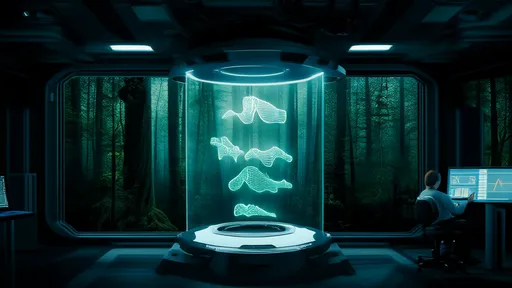
By /Aug 12, 2025
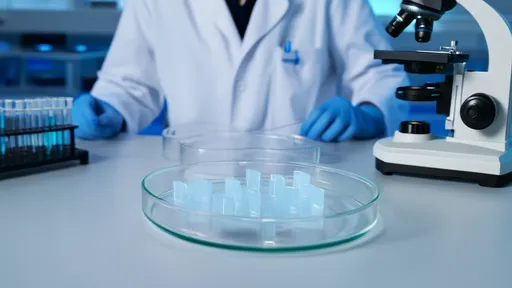
By /Aug 12, 2025
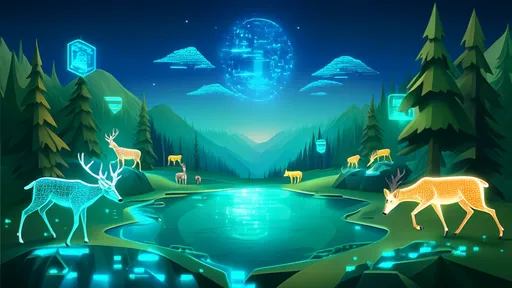
By /Aug 12, 2025
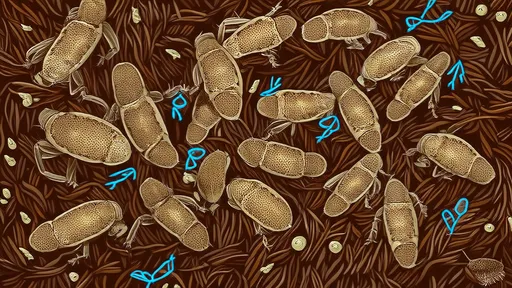
By /Aug 12, 2025
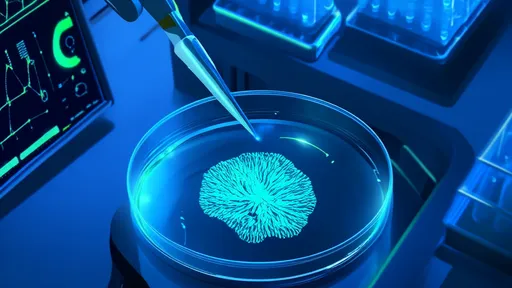
By /Aug 12, 2025
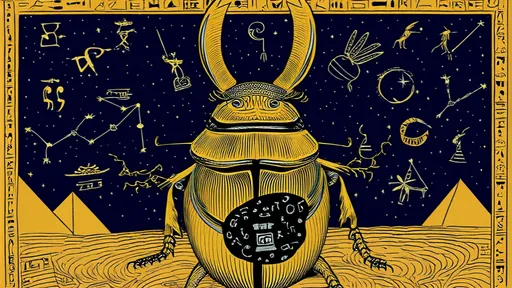
By /Aug 12, 2025
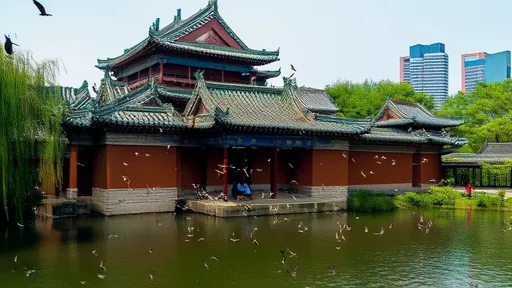
By /Aug 12, 2025
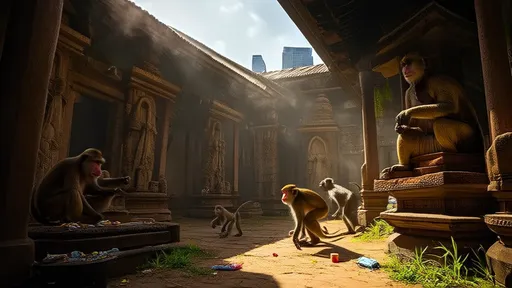
By /Aug 12, 2025
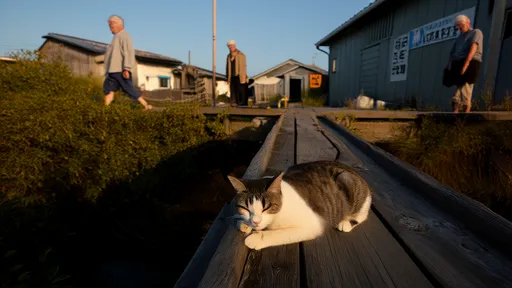
By /Aug 12, 2025

By /Aug 12, 2025
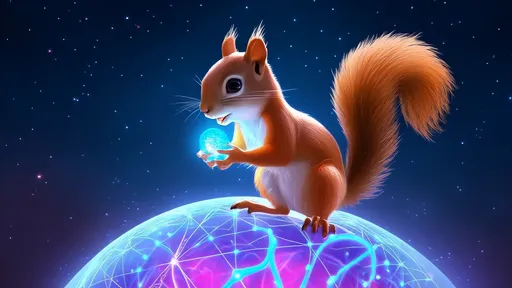
By /Aug 12, 2025
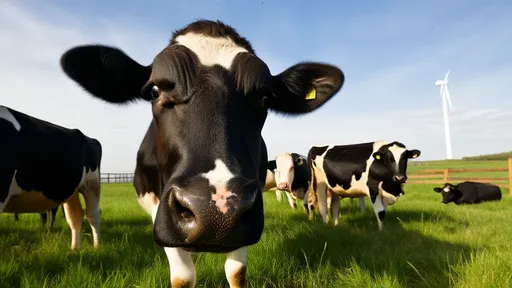
By /Aug 12, 2025
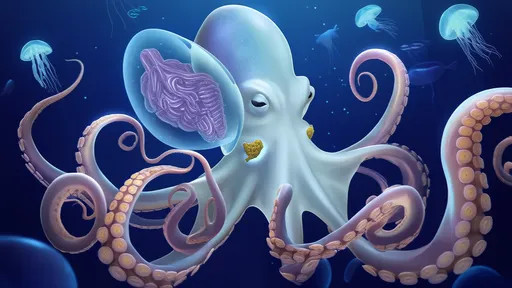
By /Aug 12, 2025

By /Aug 12, 2025
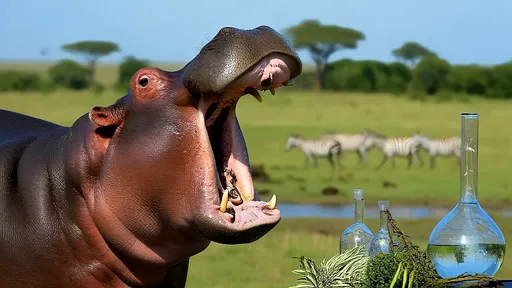
By /Aug 12, 2025
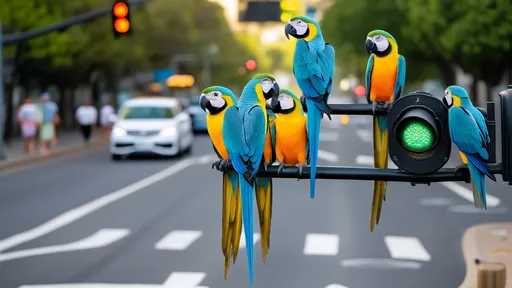
By /Aug 12, 2025

By /Aug 12, 2025
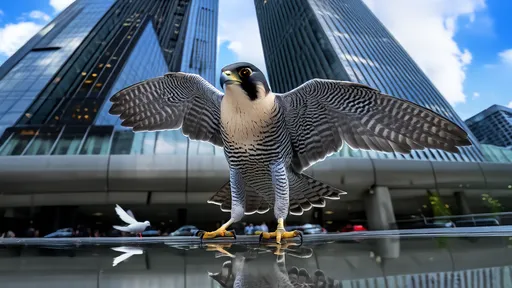
By /Aug 12, 2025
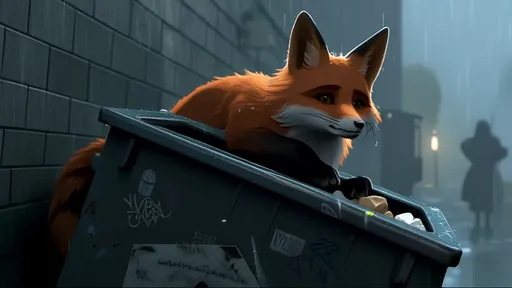
By /Aug 12, 2025
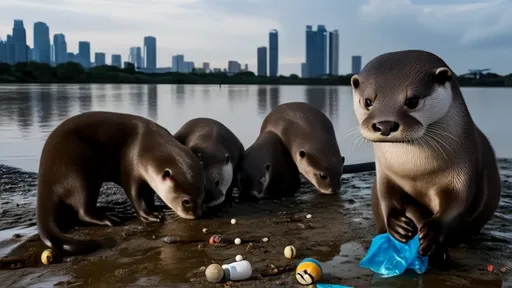
By /Aug 12, 2025